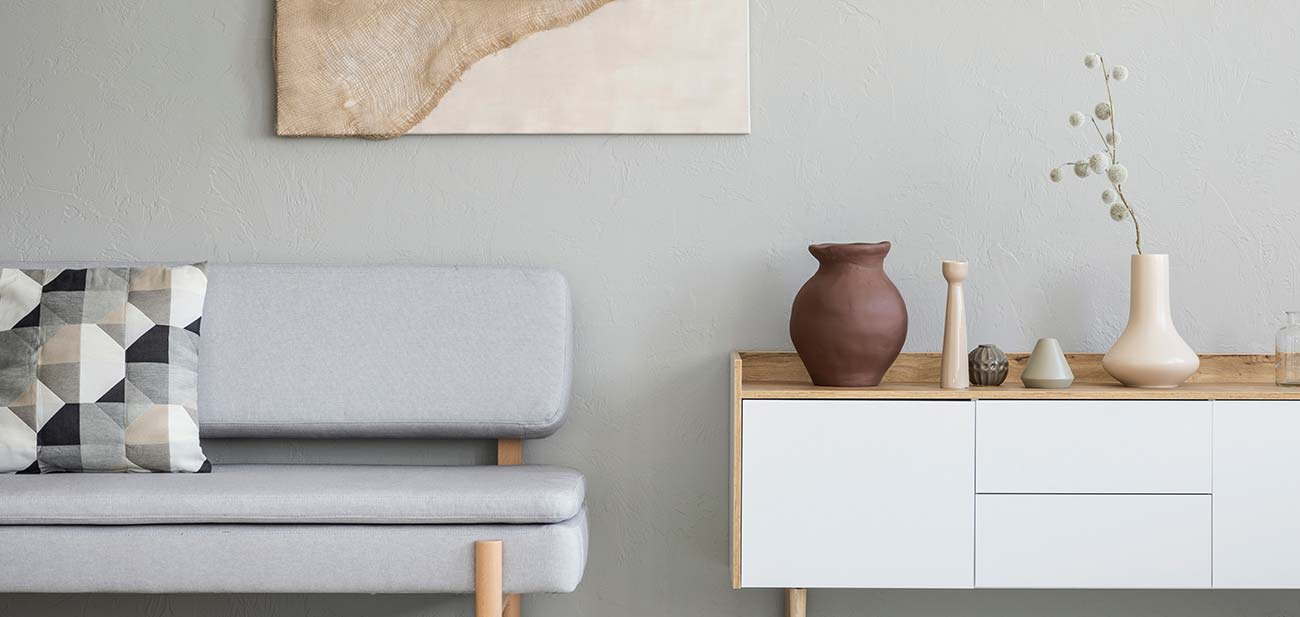
Top Mistakes to Avoid when Designing Your Home Interiors: Insider Tips from Design Professionals
Introduction
Designing the interiors of your home can be an exciting and rewarding experience. It is an opportunity to showcase your personal style and create a space that reflects your unique taste and preferences. However, without proper planning and guidance, it is easy to make costly mistakes that can negatively impact the overall aesthetic and functionality of your living spaces. In this article, we will discuss the top mistakes to avoid when designing your home interiors, with insider tips from design professionals.
Top Mistakes to Avoid when Designing Your Home Interiors: Insider Tips from Design Professionals
1. Lack of a Clear Design Plan
One of the biggest mistakes homeowners make when designing their interiors is diving into the process without a clear plan in mind. It is important to envision the desired outcome and establish a design theme or concept that will guide your decision-making throughout the project. Without a solid plan, you may end up with a mismatched and cluttered space that lacks cohesiveness.

2. Ignoring Functionality
While aesthetics are important, it is crucial not to overlook functionality when designing your home interiors. Each room should serve a purpose and cater to the needs of its occupants. Consider the flow of traffic, proper placement of furniture, and adequate storage solutions. Design professionals emphasize the importance of striking a balance between functionality and visual appeal to create spaces that are both beautiful and practical.
3. Poor Space Planning
Space planning is a critical aspect of interior design that involves optimizing the available area to its full potential. Failing to plan the layout and arrangement of furniture can result in cramped and inefficient spaces. Proper space planning takes into account the dimensions of the room, the scale of furniture pieces, and the overall flow of movement within the space. It is essential to ensure that there is enough breathing room and that each element is proportionate to its surroundings.
4. Using the Wrong Lighting
Lighting plays a significant role in setting the mood and ambiance of a room. However, many homeowners overlook its importance and make the mistake of using inadequate or inappropriate lighting fixtures. A well-designed lighting scheme should seamlessly blend different types of lighting, including ambient, task, and accent lighting, to create a layered and dynamic effect. Design professionals recommend incorporating a variety of light sources in each room to achieve the desired atmosphere.
5. Neglecting the Importance of Color
Color is a powerful tool in interior design that can greatly influence the overall look and feel of a space. However, many people make the mistake of neglecting the impact of color or using it inappropriately. Design professionals emphasize the need to consider the psychology of color and how different shades can evoke various emotions. It is also important to create a cohesive color palette throughout the home to ensure a harmonious and visually appealing environment.
6. Overcrowding with Accessories
Accessories are the finishing touches that complete the look of a room. However, overcrowding with accessories can easily lead to visual clutter and a chaotic atmosphere. Design professionals advise using accessories sparingly and strategically, focusing on quality over quantity. Select a few statement pieces that complement the overall design and allow them to shine, rather than overwhelming the space with too many decorative items.
7. Neglecting the Power of Art and Mirrors
Artwork and mirrors are essential elements in interior design that can add depth, personality, and visual interest to any space. Many homeowners make the mistake of neglecting the power of art and mirrors or using them incorrectly. Design professionals suggest incorporating these elements strategically by selecting pieces that complement the overall design style and reflect the desired aesthetic. Placing artwork and mirrors in optimal locations can enhance the visual appeal and functionality of your interiors.
8. Choosing Style over Comfort
While it is important to create a stylish and visually pleasing home, it should never come at the expense of comfort. Design professionals caution against sacrificing comfort solely for the sake of aesthetics. It is crucial to invest in furniture and materials that are both beautiful and comfortable to ensure an inviting and livable space. Strike a balance between style and comfort by choosing pieces that not only look good but also provide maximum comfort and functionality.
9. Disregarding the Importance of Scale and Proportion
Scale and proportion are fundamental principles of design that contribute to the overall visual balance of a space. Many homeowners make the mistake of disregarding these principles and end up with interiors that feel off-balance and disproportionate. Design professionals stress the need to select furniture and decor items that are proportionate to the size of the room and each other. Pay attention to the scale of your surroundings to create a harmonious and visually pleasing environment.
10. Ignoring the Value of Professional Guidance
Designing your home interiors can be a complex and challenging task. Ignoring the value of professional guidance is a mistake that can lead to disappointing results. Design professionals have the expertise and experience to offer valuable insights and solutions to common design dilemmas. Whether you consult with an interior designer or seek advice from reputable sources, such guidance can help you avoid costly mistakes, make informed decisions, and achieve the best possible outcome for your home interiors.
Conclusion
Designing your home interiors can be an enjoyable and fulfilling experience, but it is essential to steer clear of common mistakes that can compromise the overall success of your project. By avoiding these top mistakes and following the insider tips from design professionals, you can create stunning, functional, and harmonious living spaces that reflect your personal style and enhance your quality of life.


Leave a Reply